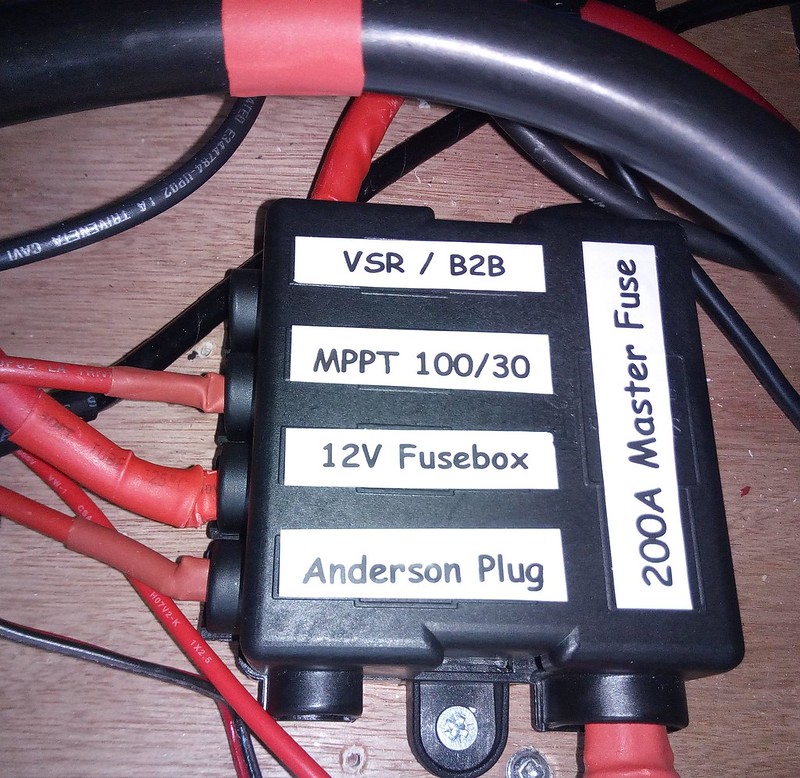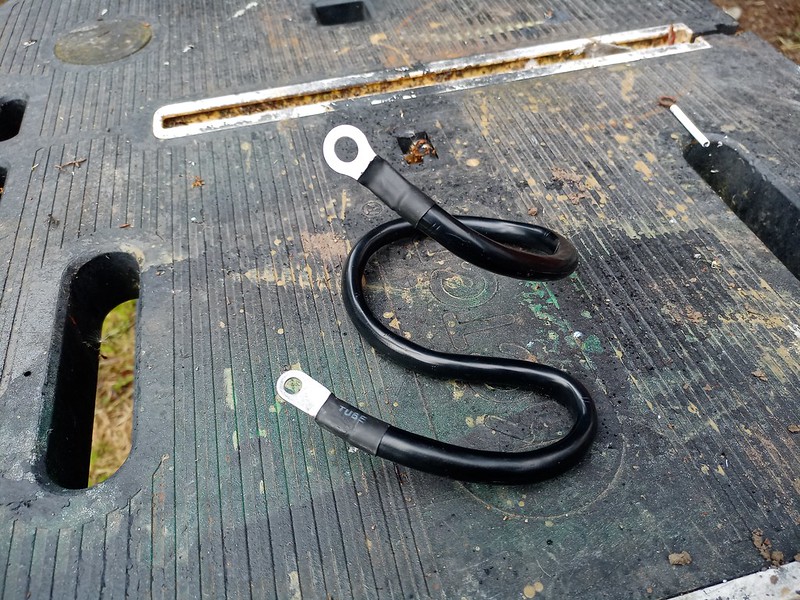I think it is quite likely only
Victron use that naming convention where instead of Watts, they are VAs (Volt-Amps) and around 1.2x the nominal wattage (confusing as when someone quotes Ohms Law at you, they will tell you "Watts = Volts x Amps" (so why the hell is a VA not the same as a Watt, you could legitimately ask!).
Youtube 'Vanlifers' don't help by saying things like "I am installing a
Victron 12/3000
Multiplus, which has a 3000W
inverter" and their fans hang onto every word as gospel

My approach would be to get an
inverter large enough to run whatever single item you want to use (and a
battery bank large enough to power that
inverter).
If you go too small, it is frustrating. If you go too big, you waste power as there is an overhead in use, which is bigger, the bigger the
inverter is. So for example, a 3000W
inverter to power a Laptop will use a lot more power than a 500W
inverter to power the same Laptop.
Also worth checking with a plug in power meter (here is one example -
https://amzn.to/43ut2fd . There are lots of different ones) how much power something REALLY takes to make sure an
inverter you get will be large enough. The label on the device cannot be taken as accurate always. For example, I have a 1350W
inverter (the confusingly named 12/1600 Easyplus). I have a Tassimo coffee machine and I thought I would try it in the van out of curiosity. It should work as it is rated at 1300W?
Inverter goes into overload though. And when I plugged it into a power meter in the house, it actually pulls 2000W! If I really really wanted to use that coffee machine when away, I would be pretty peed off




